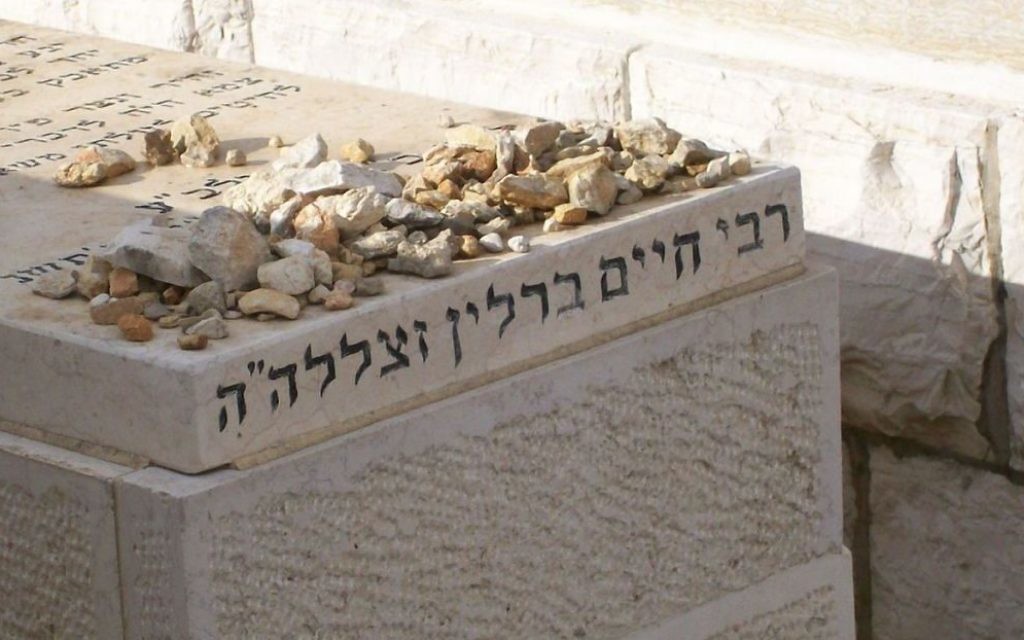An 8th-Grader Could Solve This Problem; Can You?
From Yiddish to algebra, school challenges linger through the decades.

I grew up in Brooklyn and started my education by going to Chaim Berlin Yeshiva at the insistence of my Orthodox grandparents.
I was a good student in secular studies but a complete failure in Judaic studies. The reason was quite simple: The rabbis all were from Europe and spoke only Yiddish in the classroom.
My parents spoke Yiddish but insisted on speaking only English to me and my sisters, so I was at a complete loss in the Judaic classroom.
Get The AJT Newsletter by email and never miss our top stories Free Sign Up
I could pick up a word or two in Yiddish but never enough to understand what was going on.
I remember in one class, the teacher organized the students by how smart they were, so I sat in the last row with two other boys.
During the fourth grade, my mother went to school and spoke to the headmaster. He never would come out and tell her directly to remove her son and put him in public school.
My mother often remarked that the rabbi merely said, “Give yourself a good idea.”
Well, my father finally decided that enough was enough, and I entered public school in the fifth grade.
In the sixth grade, the entire class was asked to enter an American history contest based on our history book. I studied that book for weeks. The contest was in the auditorium, and students dropped out one by one when they couldn’t answer the history question correctly.
I won that contest, and I still have that award certificate in a plaque that I hung on my wall at home for years.
After the sixth grade, I entered junior high school, which was organized for the seventh, eighth and ninth grades.
In the seventh grade, my homeroom teacher was the typing teacher for the school, so every time we had a free moment, our class went into the typing room, and that’s how I learned to type with 10 fingers.
I never thought I would need to type because I did not want to be a secretary, and I didn’t have a typewriter. This was in the 1950s, way before computers, but like Steve Jobs, who learned about various fonts before he built Apple Computer and found an amazing use for the scripts he never though he would use, I eventually put my typing to good use. You never know what knowledge might prove useful.
We moved in the eighth grade to a place where there was no junior high school, so I entered a regular elementary school that finished in the eighth grade. I entered the school in March and stayed there for only a couple of months and then graduated.
In the math class, the teacher was teaching algebra, covering topics I had not learned in my other school. I remember only one thing from that class because the teacher gave an algebra problem that I solved before anyone else.
In fact, the teacher was so impressed with how quickly I solved the problem that he asked me to sit for the math test to determine the math award at graduation. I never came close, but I remember the problem I solved more than 60 years ago. Here it is:
There are exactly 100 coins, and they add up to exactly $100. Some are gold coins worth $5 each, some are silver coins worth $3 each, and some are bronze coins worth 50 cents each. Using exactly 100 coins, how many gold, silver and bronze coins are there that add up to $100?
The problem has three unknowns and only two equations, so it cannot be solved normally, but it can be solved because the coins have to be in whole numbers. There are two solutions.
Let the Jewish Times know or email me at lipis@aol.com when you solve it.
The Bottom Line: It takes only one success early in life to give you confidence in yourself that can last a lifetime. That’s why awards and celebrations are so important.




comments